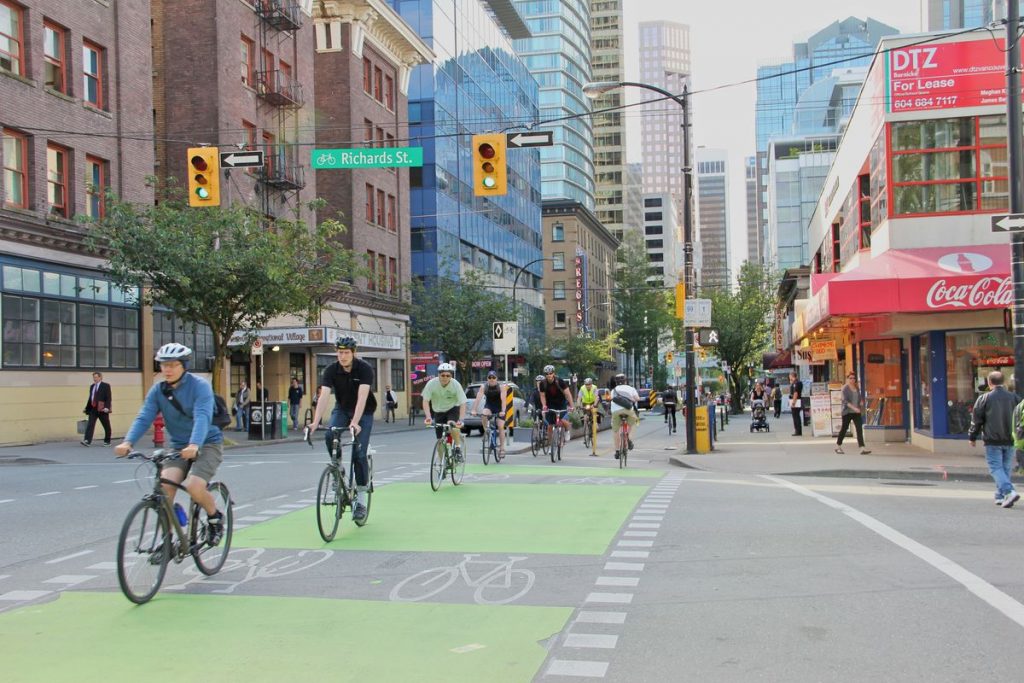Piyush Ranjan Rout
Did we miss something in the year of COVID-19 pandemic from the Union Finance Minister? Even though we’ve heard a lot about the ‘historic Budget 2021’ what was the investment provision in cycling around India, and what about Smart Cities? Well, we might need Right to Information Act to get an answer.
But let’s look at Europe. They too are redesigning their cities. More than £907 million has been spent on cycling infrastructure and 2,300 km of new bicycle lanes have been rolled out since the pandemic began. Cycling has come out as a big winner and the pandemic has shown the potential that cycling has to change our cities and our lives.
But what has all this money been spent on? And what might the long-term impacts of this investment be? This is what four major cities have been doing in Europe.
The industrial hub Milan in northern Italy was one of the first cities in Europe to invest in cycling as a way to get the people moving around again. There are 35km of new cycle paths, although many of these are temporary. Milan tried to build bicycle lanes before, but car drivers protested. Someone rightly said Milan needed the coronavirus pandemic to introduce bicycle lanes.
In an attempt to prepare the people, the regional government in Milan has spent €115m to stimulate cycling. The government has pledged subsidies of up to €500 if citizens want to buy a new bicycle or an e-scooter in a bid to keep people off public transport and out of cars.
More than 800km away from the Italian fashion capital, the French capital Paris invested €20m since the start of the pandemic. The most iconic change is on the notoriously busy Rue de Rivoli, which stretches across Paris from east to west. Some sections of this road are now completely car-free. The more space you give for bicycles the more they will be used it is what Paris believes.
Cycling levels have increased by 27 per cent compared to last year. This is partly due to the extensive approach taken by the French government, which is offering a €50 subsidy towards the cost of bicycle repairs.
Further north in Brussels, 40km of bicycle lanes have been created along some of the city’s busiest roads. In order to free up space so that social distancing rules can be adhered to, there is a zone where pedestrians and cyclists have priority over cars. Speed limits have also been reintroduced across the entire city. It seems the latest measures have encouraged people to take up cycling as bicycle use is up by 44 per cent compared to last year.
Many cities across the globe are preparing for an uncertain future – unsure if the old way of living will be possible again. A pandemic really shifts mindsets quickly. Cycling is proving to be a solution for more and more people.
But the question is whether they will keep it up once the fear of the coronavirus subsides and whether the move to bicycle is permanent.
It takes political will, it takes investment, and it takes activism on the part of citizens who want that. Further it will need courage from politicians to make the changes glued in ground.
The ‘historic Budget 2021’ did miss what cities across the globe were able to put in place. Cycling at the core of urban mobility during the pandemic and post crisis would have lessened the burden on petrol and diesel, and improved air quality.
The writer is an urban management practitioner. He can be reached on Twitter @piyushrout
